Frost quakes, also known as cryoseism, are not true earthquakes caused by shifting tectonic plates. Rather, these unusual seismic events are due to extreme cold in polar and temperate regions of the Earth.
Frost Quakes are unusual seismic occurrences that differ from regular earthquakes in terms of their magnitude and cause. Only a few cases are reported every year, making them even more intriguing to study. This article will explain how frost quakes happen, including the unique mix of environmental factors necessary to make the Earth shiver from cold.
What Causes a Frost Quake?
Cryoseisms occur when water freezes below the ground surface after a rapid temperature drop. Anyone who has driven after a spring thaw knows that water freezing inside asphalt can lead to small cracks and potholes because expanding ice puts pressure on the surrounding material. This same principle is at play in a cryoseism, just on a larger scale.
The process starts when the ground is saturated with moisture, such as melting snow and ice. Next, rapid temperature drops force the moisture to freeze. Pressure begins to build up in the ground as more water freezes, pushing up against the rocks and soil. This process continues until the force is released through vibrations and small cracks.
Frostquakes usually happen during certain extreme weather events that encourage rapid freezing, such as a polar vortex or an Alberta clipper.
Polar vortices occur when freezing cold air from near the Earth’s poles is blown south by the jet streams, resulting in severe winter storms and extremely cold weather. An Alberta clipper is a very fast-moving, low-pressure system originating east of the Canadian Rockies in the Canadian province of Alberta. These have sharp winds and can create sharp temperature drops, including strong localized blizzards.
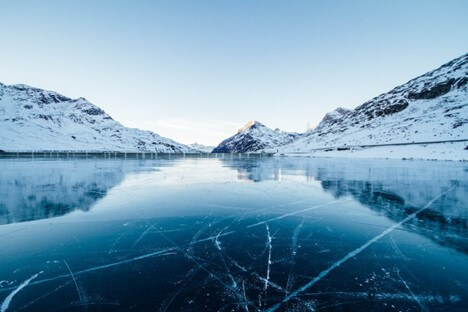
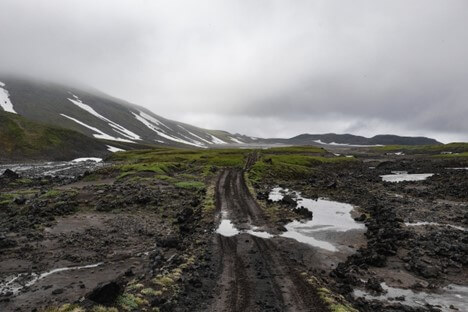
Key Features of Frost Quakes
Frost quakes are typically small and highly localized. Only a few cases reported in the media have ever involved more than a county or two, such as the February 2023 cyroseisms in northern New England.
Because these events are so small, they may go undetected by seismic equipment or be mistaken for normal seismic activity. They are also difficult for even scientists to distinguish from mild, harmless earthquakes. In mid-2014, the Canadian Journal of Earth Sciences studied eight small-magnitude seismic events in the Brazeau Reservoir region of Alberta, finding that these particular cases showed unique waveforms that suggested they were cryoseisms.
In general, cryoseisms occur between midnight and dawn, when the ground temperature is at its lowest. This adds to their mystery, as few people will be awake to feel the vibrations. If you live in a place prone to frostquakes, you may have slept straight through several of these unique events.
While cryoseisms typically occur in cold climates, not every area is prone to them. For example, a place with consistent snow cover is not going to experience frostquakes because the soil is already saturated. Frostquakes only occur when the ground has expanded and contracted rapidly.
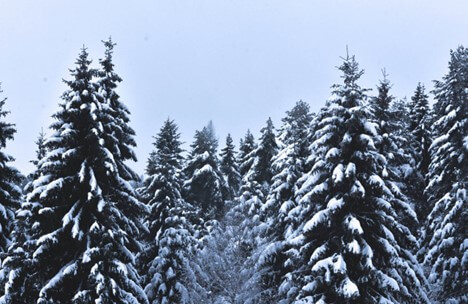
Interestingly, cryoseisms can also occur in ice, causing ice quakes. Recently, Seismological Research Letters, the academic journal for the Seismological Society of America, reported on the use of fiber optics to identify ice quakes on a Swiss glacier. These occur when meltwater intrudes between cracks in existing ice, forcing it open and producing crevasses.
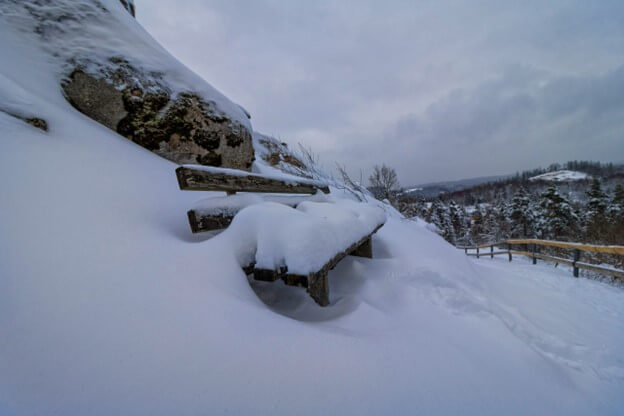
Environmental Conditions Needed for Cryoseisms
While frost quakes only happen during cold weather, they are a relatively rare event and do not happen everywhere. A number of factors must come together for this unique phenomenon to occur, including the following elements.
Soil Saturation: For a cryoseism to occur, the soil must be completely saturated by moisture. For example, a frost quake may occur after a strong rain followed by an extreme temperature change.
Rapid Temperature Drops: Researchers have found that for a frost quake to occur, the ground temperature must drop by at least 1 degree Celsius per hour. Gradual freezing will not lead to this phenomenon because there is time for the soil to absorb all the precipitation.
Frozen Layer Depth: These quakes happen when the thermal stress from a sudden temperature drop exceeds what the ground surface can withstand. If a relatively porous soil layer is on top of a more impermeable layer, like rock, the force will build up faster and cause a frost quake.
Limited Snow Cover: Snow depth is also another important factor in whether there will be cryoseismic activity. Snow insulates the soil and keeps it from becoming oversaturated, which leads to the pressure buildup and subsequent tremors.
Specific Soil Types: Places with poor drainage may be more prone to frost quakes than those in well-drained areas because the pressure builds up in a thinner layer of the ground. Clay is particularly prone to this because it does not drain well. Instead, it rapidly expands and contracts depending on saturation levels.
Human Intervention: The University of Oulu in Finland found that the local frost quakes mostly came from irrigation ditches cut into local wetlands or from roads that were cleared by snow during a sudden cold snap. Their research pointed out that human encroachment onto natural habitats changes soil composition and may influence whether cryoseisms occur.
Understanding what causes these weather events can help climate scientists better predict when they may occur.
Are Frost Quakes Dangerous?
While frost quakes may jar people awake or produce loud booms, they are not generally harmful. These are small, localized events that rarely cause structural damage or endanger human life.
Microseismic events are not harmful because they happen on the surface of the Earth rather than deep down, like earthquakes. An earthquake is caused by pressure building up between two tectonic plates, which are huge slabs of solid rock moved around by forces within the Earth’s mantle. The plates can be over a hundred miles thick and span thousands of miles across.
Tectonic plates are constantly moving, and sometimes, they will come into gridlock with one another. When these forces move up through hundreds of miles of rocks, they have dramatic and sometimes deadly effects on the surface.
In contrast, frost quakes usually happen just below the surface of the Earth and in very small areas, meaning that they are far less likely to cause any damage. There’s no need to worry if you feel a small rumble during a very cold night.
Where Are Frost Quakes Most Likely to Occur?
Cryoseisms typically occur in places with fluctuating winter temperatures and variable snowfall. Due to frozen ground and sudden temperature changes, they are generally found in polar and temperate regions. However, not every cold place will experience this phenomenon, such as areas that have persistent snow insulation or certain types of soil. These are some of the most common places that you may experience this fascinating phenomenon.
Alaska: Researchers from Pennsylvania State University studied cryoseismic events in Utqiaġvik, Alaska, to find that rapid warming due to climate change has impacted how the Alaskan permafrost absorbs water. Sudden air temperature drops can cause localized seismic activity as the permafrost adjusts.
Northeastern United States: Areas like Maine and Vermont may be more prone to this type of seismic activity due to the sudden weather fluctuations. The Atlantic Ocean can cause heavy precipitation, which saturates the ground. When paired with sharply dropping temperatures, individuals may be startled by cracking sounds late at night. In fact, they are called the groans of old man winter in this region.
Canada: Certain areas of Canada, particularly the Great Lakes region, are more prone to frost quakes. Rapid temperature changes can cause frozen soil to abruptly crack. Changes to the ground caused by human infrastructure, such as in the Greater Toronto Area (GTA), may also impact how often frost quakes occur. While rarer, this phenomenon has also been reported in Alberta and the three Maritime Provinces: New Brunswick, Nova Scotia, and Prince Edward Island.
Nordic Countries: Like other countries around this latitude, Iceland and Finland have frost quakes when frozen soil is rapidly infiltrated by more moisture and becomes oversaturated. Researchers in Finland have extensively studied the phenomenon, particularly in the wetlands near the Kitinen River.
However, it’s also possible to experience a frost quake further south. For example, Chicago, IL, experienced cryoseisms in January 2024 after an extreme cold snap, with temperatures as low as -9.4°F (-23°C).
Conclusion
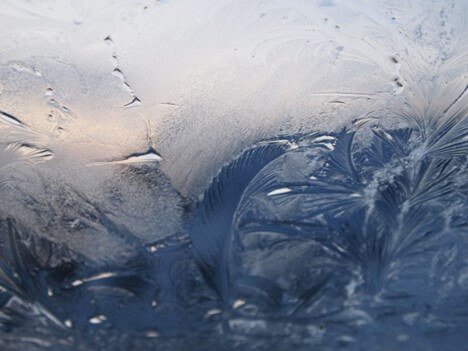
Like earthquakes, frost quakes are tremors in the ground, but they occur for a different reason. Whereas earthquakes come from seismic activity deep inside tectonic plates, frost quakes are when frozen soil suddenly cracks or trembles because of extreme cold. They are generally harmless and do not cause property damage, though they may be startling when felt in the middle of the night.
Scientists and meteorologists are still uncovering the mysteries of this natural phenomenon, including when and why it happens. However, it’s possible to determine what conditions will make a frost quake more likely. Some common factors in cryoseismic activity include saturated soil, rapid changes in temperature, and little snow cover.
The everyday person typically does not need to worry about this rare weather event. If the ground starts to shake during freezing cold temperatures, you can simply count yourself lucky that so many specific circumstances aligned so that you could experience this fascinating phenomenon.
